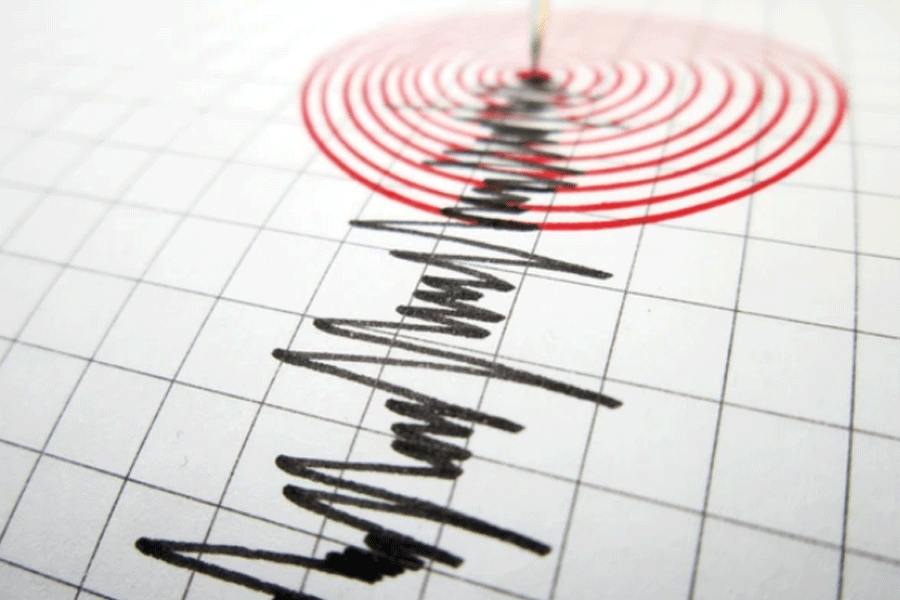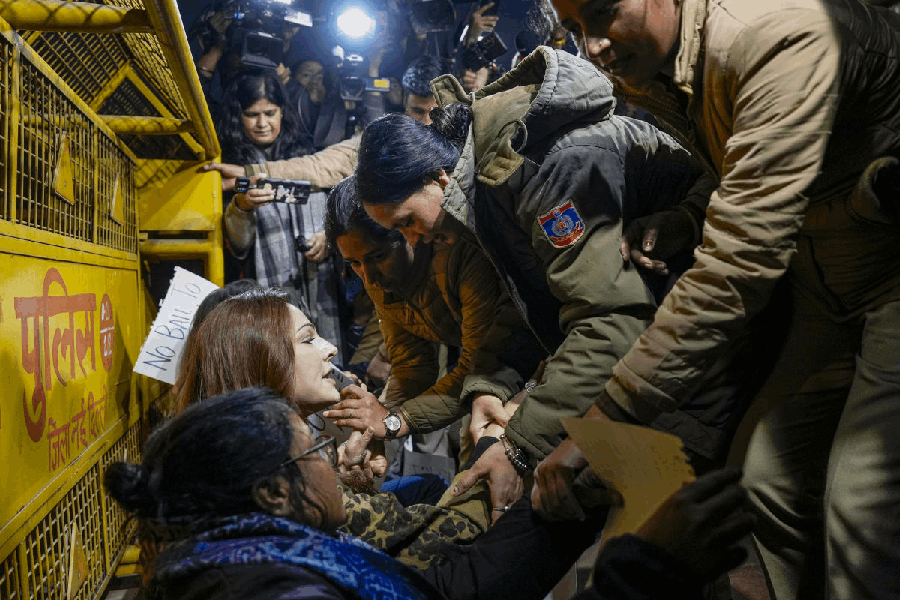New Delhi, Aug. 18: The Indian Railways has eventually decided to conduct trials on its anti-collision device from next month to see if it can be installed nationwide.
It has hinted that the years of delay in the country-wide installation of the device, developed almost a decade ago, had to do with the huge costs involved.
The railways were criticised after experts said the anti-collision device or ACD could have prevented last month’s train collision at Sainthia, which claimed 62 lives.
“We plan to test the anti-collision device in Arakkonam area of Southern Railway from September 1,” Railway Board chairman Vivek Sahai said. “After a month’s trial, depending upon its performance report, the railways would look at implementing it across the nation.”
Told that the device had proved its worth in Konkan Railway and North-East Frontier Railway, the only two zonal railways where it has been installed, Sahai said: “They are working on a single track. The testing would be on multiple tracks with automatic signalling and other differing parameters.”
Asked about the years of delay in testing the device on multiple tracks, he said: “The cost of implementing the project is huge. It would cost Rs 2,500 crore for the devices to be installed across the country. It would cost about Rs 15 lakh to be installed in a single locomotive and around Rs 7 lakh per station.”
India has about 7,000 locomotives and a similar number of stations, which would translate to Rs 1,540 crore for the ACD installation. The official did not explain where the other Rs 960 crore would be required.
The ACD works on the General Packet Radio Service, which is used in mobile communications. When installed in train engines (along with an auto-braking unit), guard vans, stations and level-crossing gates (both manned and unmanned), the network of ACD systems prevents collisions. It automatically brings a train to a halt if the track ahead is not clear. The train starts braking 3km ahead of a blockade or barrier.
The railways had developed the ACD after the Gaisal accident of 1999 killed 268 people. Experts have said the technology has been ready for country-wide use since 2003, and questioned claims that it may not be effective on multiple tracks, citing certificates issued by foreign agencies.
Railway minister Mamata Banerjee had in January 2000 climbed into a locomotive during the testing of an ACD. She then gave the green light to the project. The Railway Board had earlier said the device would be installed country-wide by 2009 in a phased manner.











